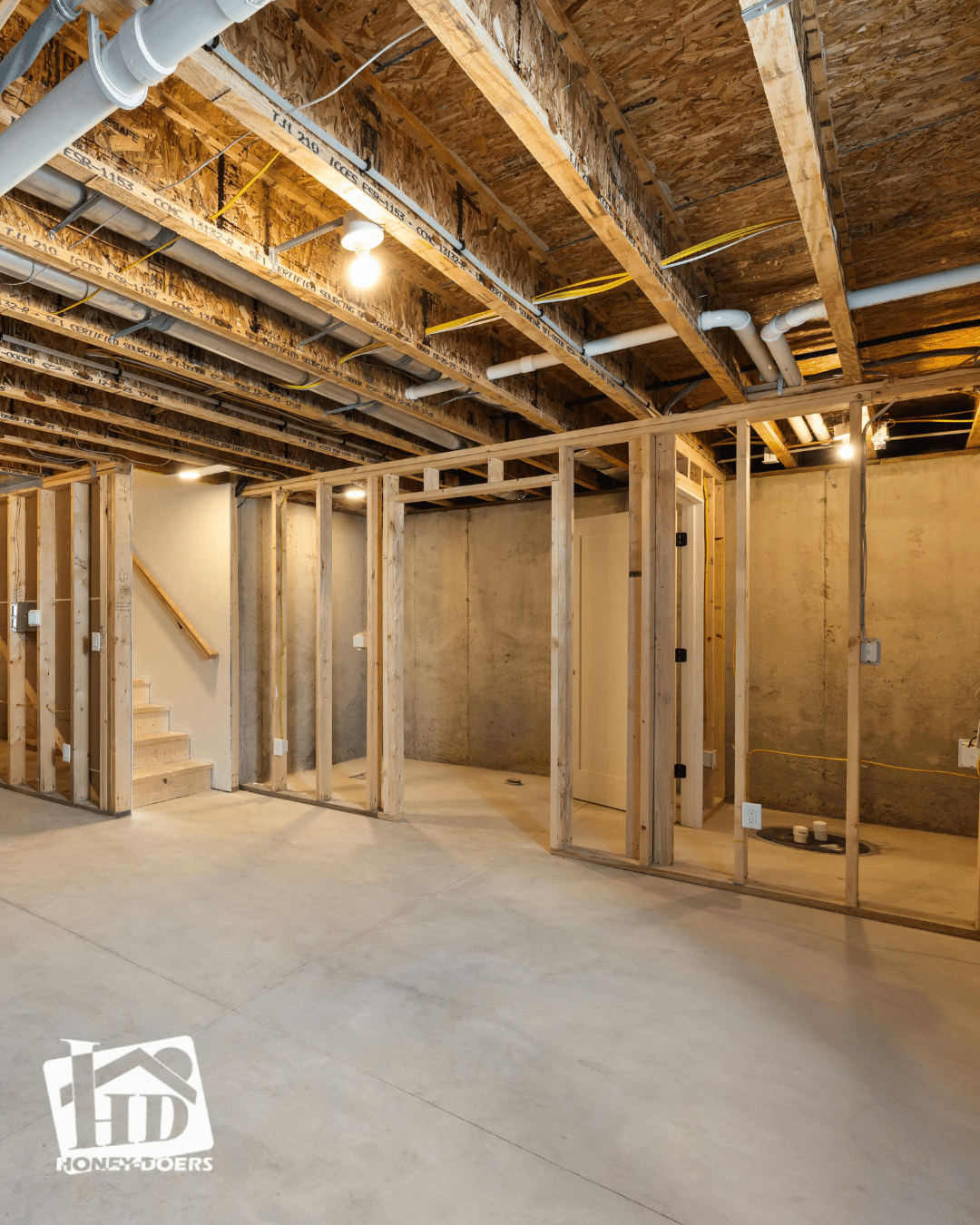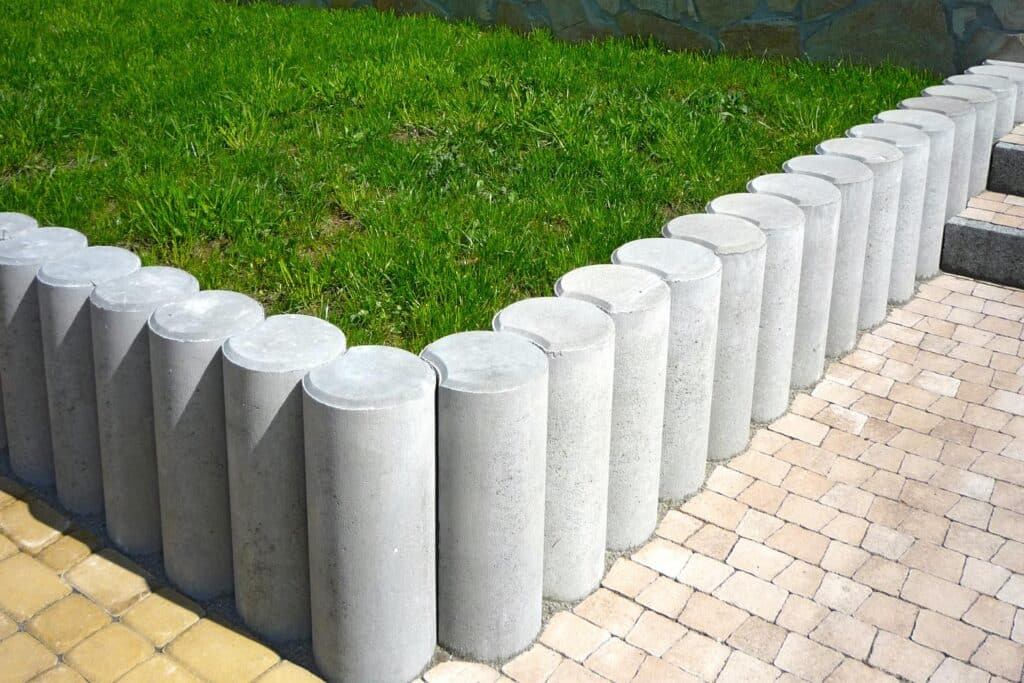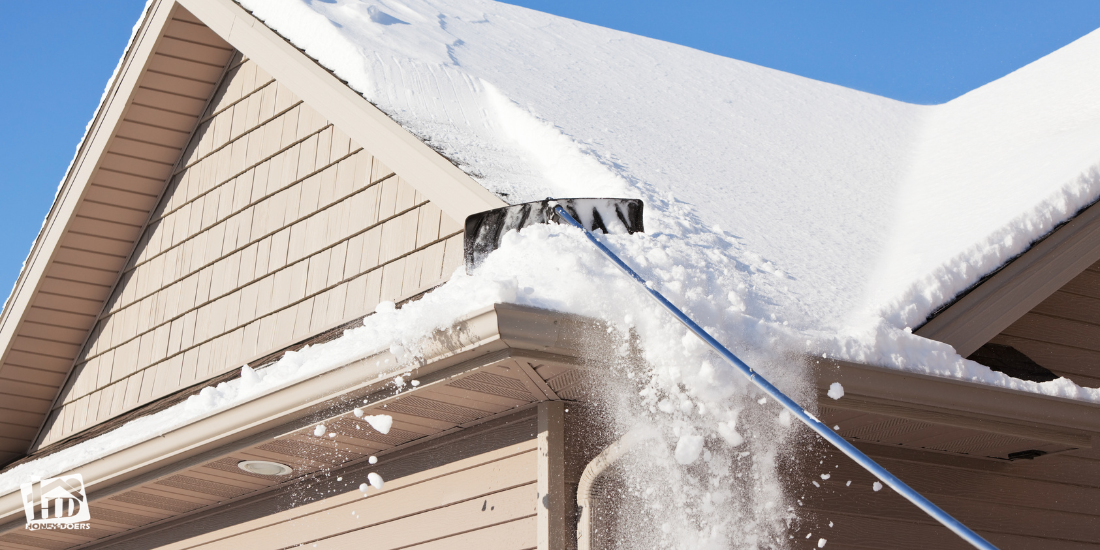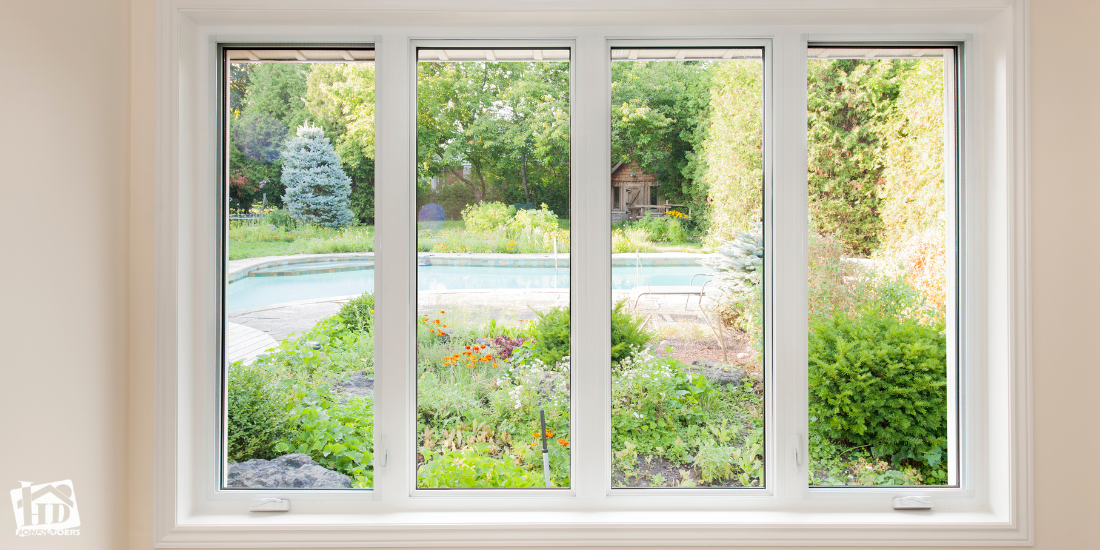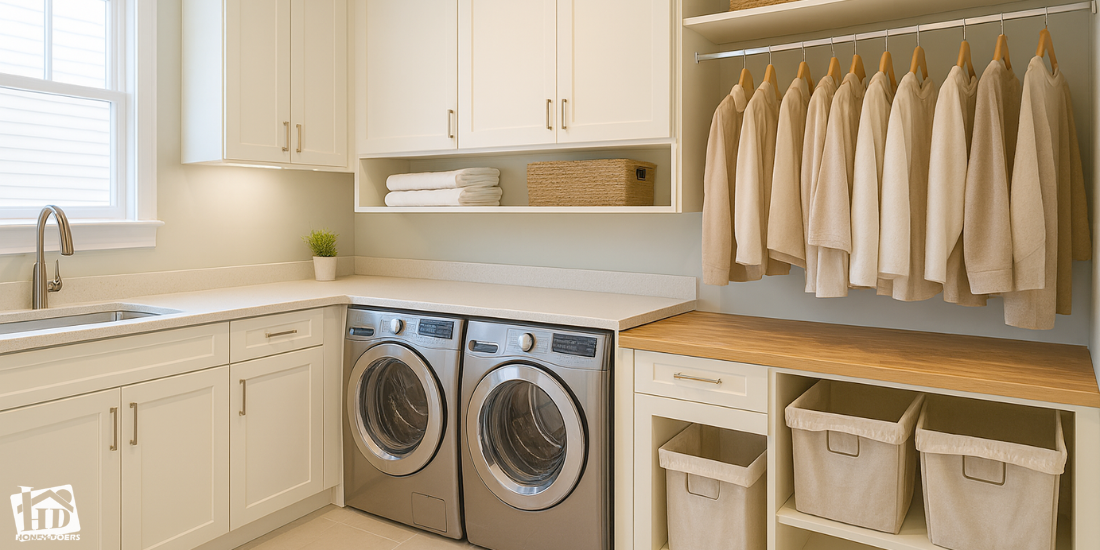Why Keeping Your Basement Dry Matters
There are many causes of moisture in basements, and just as many solutions. Every homeowner worries about keeping their basement dry—and for good reason. A damp basement isn’t just unpleasant; it’s a real threat to your health and your home. According to a study referenced by the EPA, building dampness and mold exposure can increase the risk of respiratory and asthma-related health issues by 30 to 50 percent (source).
Beyond health risks, moisture can silently cause damage to your foundation, promote wood rot, and ruin insulation and drywall. Even small amounts of water seepage over time can weaken the structural integrity of your home and lead to costly repairs.
While sump pumps are commonly installed to keep basements dry, not every home has one—or needs one. There are effective ways to prevent water intrusion and manage moisture without relying on a sump pump. In this article, we’ll share six practical, proven strategies to help you understand how to keep your basement dry, protect your property, and improve air quality—without major equipment or excavation. In addition, homeowner’s looking to build a home office, gym, or other livable space have to make sure that the space will stay dry over the long term.
Tip 1: Ensure Proper Grading and Consider French Drains
One of the most overlooked causes of a damp basement is improper yard grading. Ideally, the soil surrounding your home should slope away from the foundation, helping surface water from rainfall and snowmelt drain away rather than collecting near your basement walls.
Over time, soil can shift, erode, or settle—especially in older homes—causing water to flow toward your home rather than away from it. If you’ve noticed pooling water after a rainstorm or wet patches along your basement wall, poor grading could be to blame.
Fixing this may be as simple as adding topsoil and reshaping the slope to direct water away from the home. Experts recommend a slope of about six inches over the first ten feet from your foundation.
For homes in low-lying areas or flood-prone neighborhoods, grading alone may not be enough. In those cases, French drains provide a practical solution. But how do French drains work? These systems consist of perforated pipes buried in gravel-filled trenches. They collect excess groundwater and redirect it away from your home, reducing hydrostatic pressure on your basement walls and helping keep moisture out.
When properly installed, French drains are a highly effective and low-maintenance way to manage subsurface water without relying on electric-powered pumps.
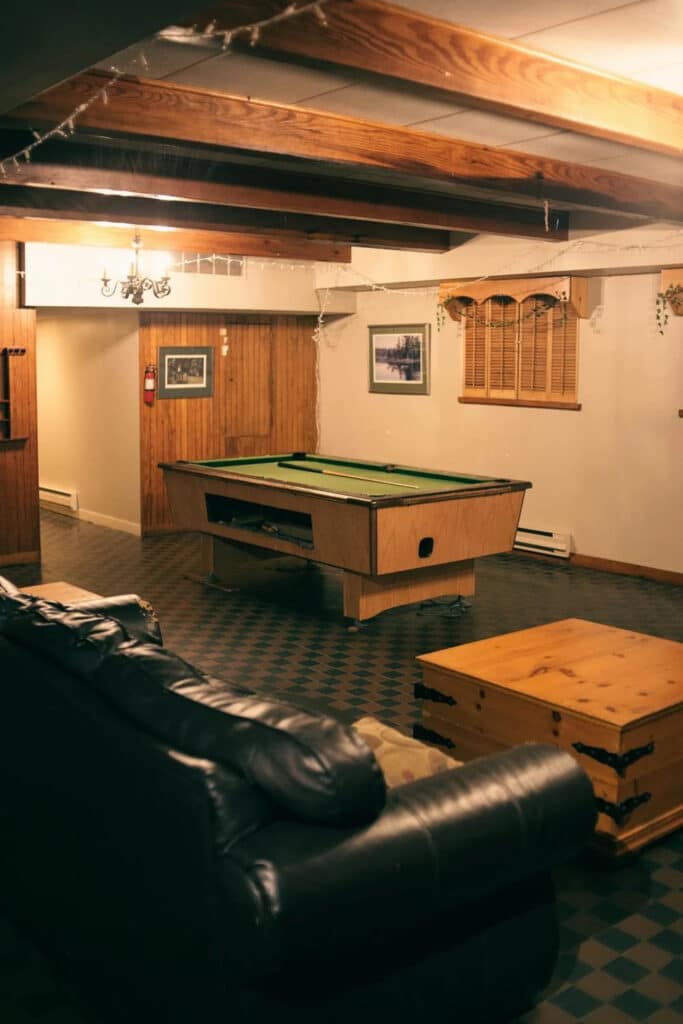
Tip 2: Clean and Maintain Gutters and Downspouts
Your gutters and downspouts are your home’s first defense against roof runoff—and they’re often the most neglected. When clogged or damaged, they allow water to spill over the edge of your roof, saturating the soil around your foundation and increasing the risk of basement leaks.
To protect your home, inspect and clean your gutters at least twice a year, especially in spring and fall when leaves and debris accumulate quickly. Also check for signs of sagging, rust, or separation from the fascia, which can allow water to run down the side of your home.
Downspouts should direct water at least four to six feet away from your foundation. If your current setup releases water right next to the house, consider adding downspout extensions, splash blocks, or flexible piping to move water further into the yard.
If you have frequent heavy rains, installing gutter guards can help reduce clogs and make maintenance easier. Don’t overlook these simple fixes—clean, functioning gutters play a critical role in keeping your basement dry by diverting thousands of gallons of water per year away from your home.
Tip 3: Landscaping Do’s and Don’ts
Landscaping can improve curb appeal—but if done incorrectly, it can also lead to a wet basement. Certain plants, trees, and hardscape elements can inadvertently trap water near your home’s foundation or even cause structural damage.
One key tip is to avoid planting trees or large shrubs too close to your home. Their root systems can grow into foundation walls, crack underground drainage systems, and displace soil in ways that create new water pathways. As a general rule, plant trees at least 15 to 20 feet away from your foundation, depending on the species.
Next, ensure that garden beds, retaining walls, and mulch piles are not sloped toward the house. These features can unintentionally channel rainwater back toward your basement walls. Instead, design landscaping with a gentle slope away from your home and choose materials that promote drainage.
Finally, use native plants or those with deep root systems to help absorb water from the soil. Rain gardens and swales can also be effective in managing runoff if placed strategically.
By thinking of landscaping as part of your drainage plan—not just decoration—you can keep your outdoor spaces beautiful while contributing to a drier, healthier basement.
Tip 4: Interior and Exterior Waterproofing Techniques
While grading and gutters help manage outside water, your basement still needs protection from the inside out. Waterproofing is a layered process that starts with sealing foundation cracks and extends to protective coatings and drainage systems.
Begin by inspecting your basement walls and floors for visible cracks. These should be sealed with hydraulic cement or epoxy injection kits, which expand to block water entry. Even hairline cracks can be points of entry during heavy rainfall or snowmelt.
Next, consider applying a waterproof sealant or masonry coating to interior basement walls. These products form a protective barrier that resists water penetration, especially useful in older homes with porous concrete or block foundations.
Installing a vapor barrier behind finished walls or on exposed insulation also helps prevent condensation and mold growth. If your basement has an interior drainage system (such as a perimeter trench or drain tile), check that it’s free of blockages and functioning as intended.
On the exterior, ensure that foundation walls are protected by waterproof membranes and drainage boards during construction or major remodels. While these measures are more invasive, they provide long-term protection against water infiltration.
Together, these steps provide a multi-layered defense—especially valuable for homes without sump pumps.
Tip 5: Managing Moisture and Humidity Without a Dehumidifier
Even without visible leaks or standing water, basements can feel damp due to high humidity levels. Managing that moisture is critical for preventing mold growth, musty odors, and damage to furniture or stored belongings.
While dehumidifiers are commonly used to combat this issue, many homeowners want to know how to keep a basement dry without a dehumidifier. The answer lies in improving ventilation, air flow, and passive moisture control.
Start by ensuring your basement is well-ventilated. Open windows when weather allows, and install exhaust fans in any adjoining laundry or utility rooms. Keep doors to the basement open to encourage air circulation with the upper levels of the home.
You can also use floor fans or air movers to keep air flowing. In storage areas or closets, place moisture absorbers like silica gel, baking soda, or charcoal bags to passively pull moisture from the air.
Check for hidden moisture sources, such as dryer vents not sealed properly, or leaky pipes and appliances that might be contributing to high humidity.
If you still experience persistent dampness, using a dehumidifier—even temporarily during wet seasons—can dramatically improve conditions while you fine-tune other solutions. Either way, consistent monitoring and ventilation are key to keeping the space dry and healthy.
Conclusion: Honey-Doers Helps Homeowners Stay Dry Without Major Overhauls
Keeping your basement dry doesn’t always require a sump pump or a full-scale waterproofing overhaul. With smart planning, proactive maintenance, and the right drainage strategies, you can protect your home from moisture, mold, and foundation damage—and avoid the health risks that come with them.
At Honey-Doers Remodeling, we’ve helped countless homeowners identify practical solutions to moisture issues—from grading and gutters to foundation sealing and air management. We believe in empowering homeowners with information and support to take action before water becomes a problem.
If you’re looking for expert advice or assistance with your basement project, Honey-Doers is here to help you build smarter, drier spaces—without unnecessary equipment or expense.


